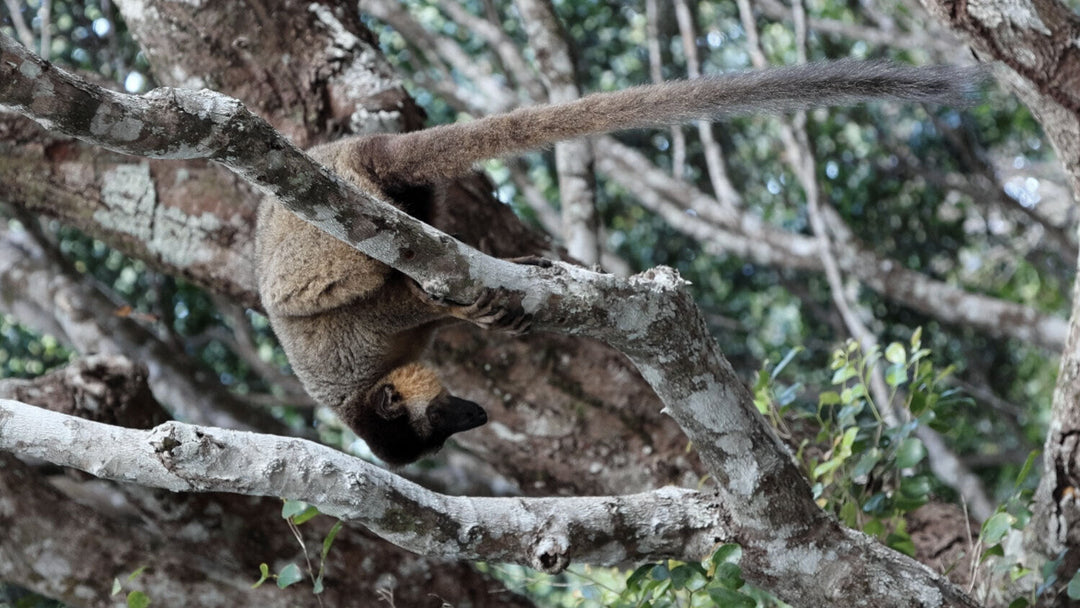Camera traps and science - how did we get here?
Camera traps, despite being a relatively old technology, are now quickly emerging as a key tool in science and conservation. But how did it get here?
It is now fairly well known what a camera trap is; basically a camera in a weatherproof case that is triggered by an infrared sensor when an animal walks past. Camera traps were invented long before many realise and have a long and rich history. George Shiras III, an American congressman, is widely credited as being the first ‘camera trapper’, way back in the 1890s. It was quite a simple idea – a tripwire would trigger a camera and flash units. This tripwire could have bait attached or simply be low along the ground.

The ‘flashes’ were both blinding and extremely loud, and the size of one of the flash units alone (below) was bigger than today's modern camera traps. But it worked. Whilst it was a great way of capturing wildlife at night, it was also a great way of scaring it witless.

His photographs were published in the July 1906 issue of National Geographic, which was almost completely filled with his photography. No one had seen pictures like this before.

Though Shiras did this for pleasure, and later to promote conservation, he didn’t use it for science. Frank M. Chapman would be the first to do that. He was on Barro Colorado Island in Panama, and had seen tracks left by at least two cat species, though he did not know which. He realised a camera trap may give the answer and used the same technique as Shiras.

He caught many different species on his camera trap, and of course found out who left those cat tracks; therefore using the camera trap to answer his basic, yet scientific, question.
Now, with affordable digital camera traps and a whole range of setup options, it is much more straightforward to use camera traps to answer scientific questions.

One great example was just published this year. What scavenges on the carcass of the golden snub-nosed monkey? They only needed one monkey and one camera to begin answering their question. 25 days and 4,135 photographs later, they discovered that the main scavengers were masked palm civet and Asiatic black bear. Would that study have been possible without a camera trap? If so, it would have been very difficult. A camera trap made it quick, easy, and most importantly, scientifically rigorous.
Right now, biologists and conservationists around the world are increasingly using camera traps to answer real scientific questions. Shiras and Chapman's work a century ago has led us here, and it's an exciting future with lots left to discover.
References:
Shiras, G., July 1906. "Photographing Wild Game with Flashlight and Camera", National Geographic, 17(7).
Chapman, F.M., September 1927. "Who Treads Our Trails?", National Geographic, 52(3), 331-345.
Huang, Z.P., Qi, X.G., Garber, P.A., Jin, T., Guo, S.T., et al., 2014. "The Use of Camera Traps to Identify the Set of Scavengers Preying on the Carcass of a Golden Snub-Nosed Monkey (Rhinopithecus roxellana)". PLoS ONE, 9(2): e87318.


